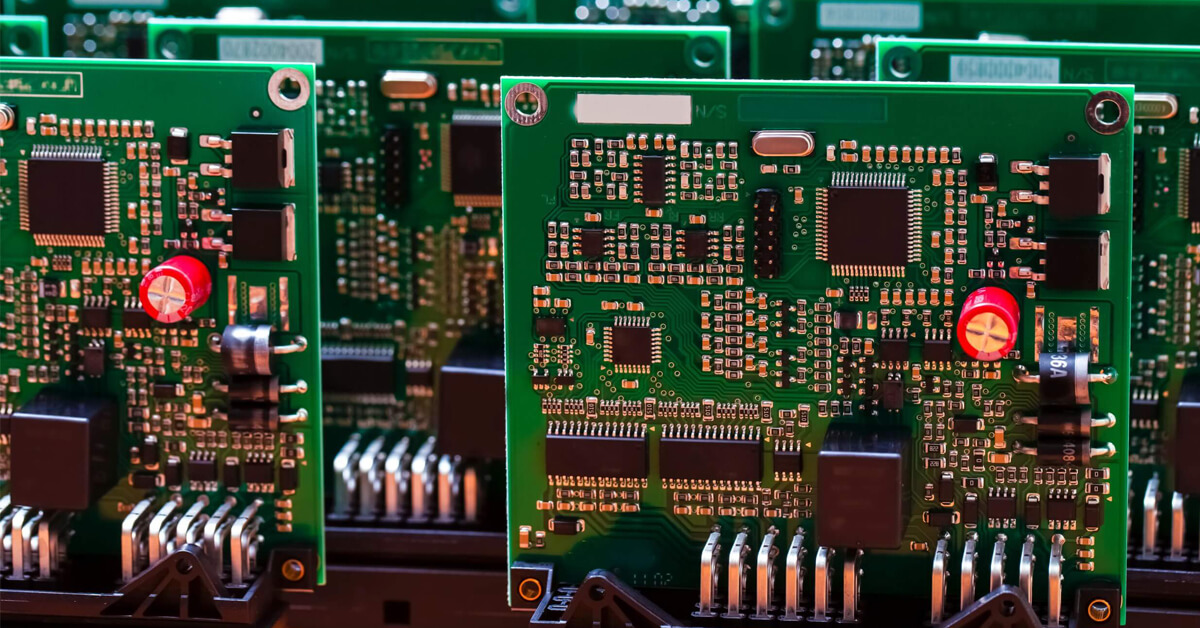
Fabrication Methods
Become familiar with practical knowledge about PCB fabrication and production. This leads to more complex PCB designs than are necessary. For instance, a common problem is orthogonal trace bends on tight grids. Not every PCB fabricator has the ability to produce that type of design with acceptable results. You may be able to cut costs and improve reliability if you choose a larger grid, larger via sizes, or elimination of blind, or buried vias.
Don’t Avoid the Schematic
It’s tempting to skip a schematic if the board is relatively simple. The schematic forms a visual representation of your circuit. It lets you arrange components near their functional counterparts, regardless of where they will be physically placed. When each pin on each component is depicted in the schematic symbols, a disconnect is easy to recognize. They help you determine if basic circuit design rules have been followed by visualizing the design. Building your layout from a complete schematic gives provides a reference and helps make sure that all of your layout connections will be complete.
Over-Reliance on Auto-router Tools
Most PCB CAD tools include an auto-router function. It’s a great time saver as a first pass or sanity check, but it is important that you also know how to route traces without it. Auto-router parameters require precise setup which must be changed from job to job and sometimes even between modules within a single PCB design.
Current Flow Considerations & Board Layout
Current flow can be impacted by bottlenecks and pinch points in your Printed Circuit Board (PCB) Design. Avoid such roadblocks, like:
- a 90-degree bend when two 45 degrees could serve the same purpose
- bendsgreater than 90 degrees, and switchback shapes.
These features can have the effect of slowing down signal propagation or unnecessarily increase thermal issues.
Avoid Potential Slivers
Narrow wedges of copper or solder mask produced during the PCB manufacturing process can generate slivers which become a big problem during fabrication. They are created during the etching process and can happen
- When an extremely long, thin feature of the copper or solder mask is etched away. Sometimes it detaches beforefully dissolving and can float around in a chemical processing bath and eventually land on another board, adding unintended connections.
- When a section of the PCB design is too narrow or too deep. If an etched section is narrow enough or the etching is deep enough, a sliver of material can completely or partially detach, either producing a floating sliver or a peeled-back sliver.
Slivers can be avoided by designing sections with minimum widths, minimizing the chances of producing slivers.
Design Rule Checkers (DRC)
It is a good idea to think through and craft a set of design rules that standardizes PCBs to manage costs and maximize yields. They also make assembly, inspection, and test more consistent. These can also help create more consistency in purchasing. Pricing for the manufacture of boards is consistent, possibly enabling reduction in the number of specialized PCB manufactures required. .
To support this effort, many PCB design software platforms have a Design Rule Checker (DRC), or constraint manager built in. This tool will call out design rule outliers right while you are editing. They usually err in the direction of reporting an error, but then let you decide if it is really a violation. This is worth doing as it may save you from a failure or be an indication that trace placement should be reconsidered.
Know Your Fabricator
In order to set up DRCs correctly, youneed to know the capabilities of the intended PCB fabricator. If you’ve chosen a good partner, they will offer help and advice on how to craft your design to keep down the number of iterations, make debugging easier, and improve the quality of outputs overall.
Each manufacturer has its own specifications
- minimum trace width
- spacing
- number of layers, etc.
You need to understand your requirements and find an appropriate Printed Circuit Board Manufacturer. These requirements should include the grade of the material required. Grades range from FR-1 (paper-phenolic mixture) to FR-5 (glass cloth and epoxy). The choice of materials will impact the board’s strength, moisture absorption, flame resistance, and durability.
If you have a good understanding of the PCB manufacturing process, you will be better positioned to make smart design decisions. You should know exactly which processes and methods will be used by the manufacturing partner that you select.
By keeping these points in mind, as you work on your design, you’ll improve your chances for reliable PCB designs and shorter overall time-to-market for new product introductions.


